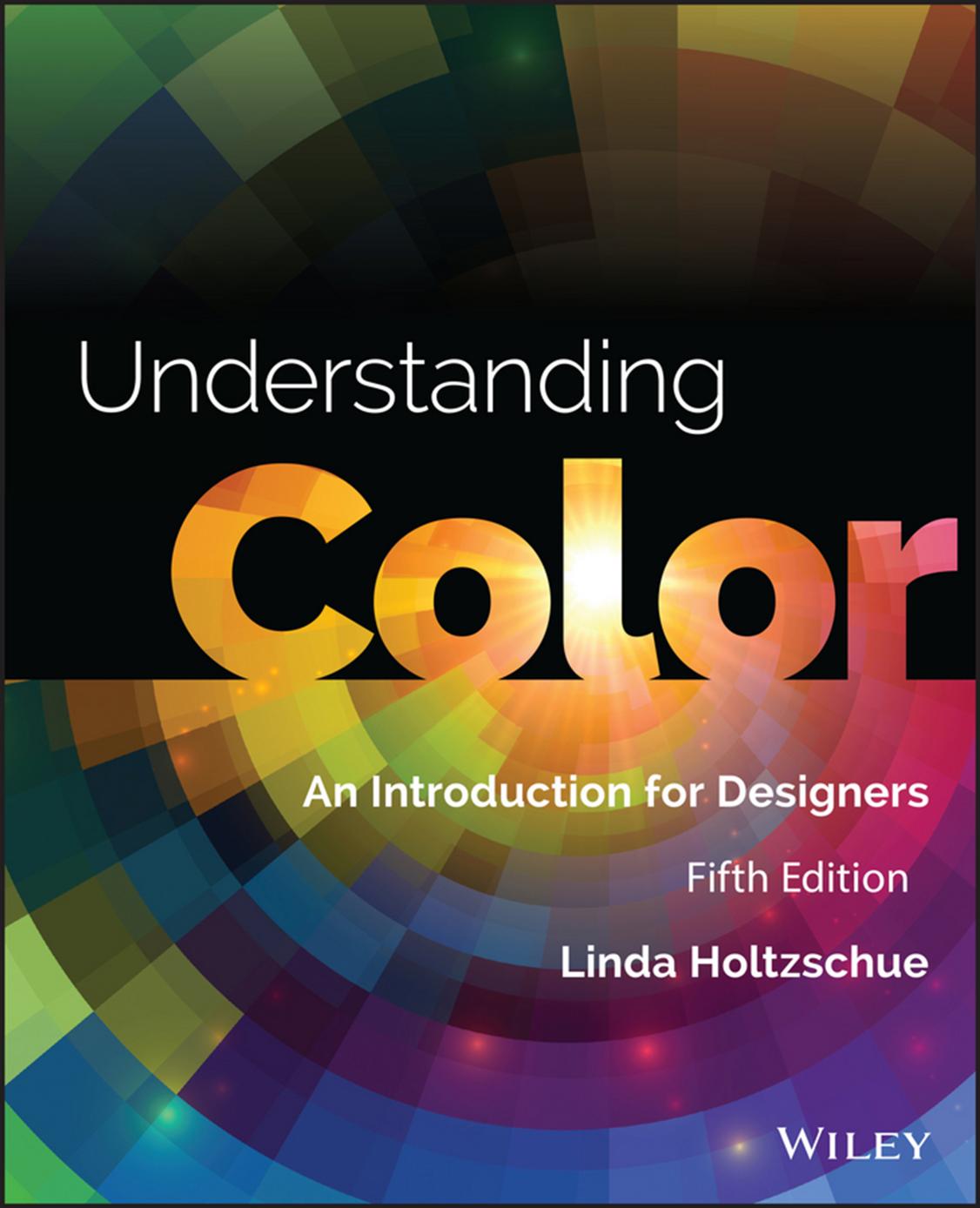Understanding Color by Holtzschue Linda

Author:Holtzschue, Linda
Language: eng
Format: epub, pdf
Publisher: John Wiley & Sons, Inc.
Published: 2011-12-28T16:00:00+00:00
Endnotes
1 Albers 1963.
Chapter 6 Highlights
An optical illusion takes place when an image is misperceived or misinterpreted by a viewer. True illusions fool the viewer completely. Many effects that are called illusions are more accurately special effects or near-illusions.
Simple illusions are initiated by involuntary responses of the eyes to overstimulation by something like a single hue or extreme contrast. More complex illusions occur because an image is misinterpreted. The current thinking among vision scientists is that all illusions are caused by a disturbance to the flow of information between the eyes and the brain. Color illusions occur when colors that have specific relationships are arranged in ways that mislead the eyes.
An illustration of depth on a two-dimensional surface is not an illusion. An impression of depth in a drawing is created by conventions called pictorial depth cues: shading, shadow, linear perspective, overlap, texture gradient, and atmospheric perspective. Atmospheric perspective is the only pictorial depth cue that has a hue component. Distant objects appear grayer and slightly bluer than closer ones.
Motion parallax is a depth cue that includes motion and time. When a viewer is in rapid motion, near objects appear to move by in a blur while far objects seem to move slowly. Motion graphics are drawings that include pictorial depth cues, motion, and time. Motion graphics can be true illusions. The most effective illusions of depth result when a full array of depth cues is reinforced by the spatial effects of colors.
Certain hues suggest transparency. Cool hues often seem transparent. Warm colors containing red seem more dense and opaque. Some colors have spatial effects; inherent qualities of “nearness” or “farness.” Light blues seem to move away and warmer and darker colors close in. Dark or light color also influences how the size of a figure is perceived. In general, color is a secondary indicator that supports one or more of the pictorial depth cues. Spatial effects of colors can be reduced or reversed by pictorial depth cues.
In color compositions the hue, value, and saturation of each form in relation to its ground and to other colors present determine whether it is perceived as advancing or receding. In general, warm hues advance relative to cooler ones. Saturated colors and strong tints appear to come forward relative to muted ones.
A dark figure will come forward on a light ground and a light figure will come forward on a dark ground. When figures of different value are laid against the same ground, figures with greater value contrast with the ground will advance and those closer in value to the ground will recede.
A transparence illusion is a three-dimensional illusion that takes place when two opaque colors and an interval between them are arranged in such a way that one color appears to be transparent and lying on top of the other. The guidelines of spatial effects determine which color appears to be on top.
Fluting is a three-dimensional illusion in which a series of vertical stripes of uniform width appear to have concavity. Vibration is
Download
This site does not store any files on its server. We only index and link to content provided by other sites. Please contact the content providers to delete copyright contents if any and email us, we'll remove relevant links or contents immediately.
| Use of Color | Use of Ornament |
Wonder by R.J. Palacio(8430)
Mastering Adobe Animate 2023 - Third Edition by Joseph Labrecque(3704)
Unlabel: Selling You Without Selling Out by Marc Ecko(3574)
Ogilvy on Advertising by David Ogilvy(3482)
Hidden Persuasion: 33 psychological influence techniques in advertising by Marc Andrews & Matthijs van Leeuwen & Rick van Baaren(3454)
Drawing Cutting Edge Anatomy by Christopher Hart(3437)
The Pixar Touch by David A. Price(3344)
POP by Steven Heller(3297)
The Code Book by Simon Singh(3055)
The Art of War Visualized by Jessica Hagy(2932)
Slugfest by Reed Tucker(2923)
The Curated Closet by Anuschka Rees(2896)
Rapid Viz: A New Method for the Rapid Visualization of Ideas by Kurt Hanks & Larry Belliston(2813)
Stacked Decks by The Rotenberg Collection(2796)
365 Days of Wonder by R.J. Palacio(2737)
The Wardrobe Wakeup by Lois Joy Johnson(2717)
Keep Going by Austin Kleon(2681)
Tattoo Art by Doralba Picerno(2582)
Tell Me More by Kelly Corrigan(2579)
